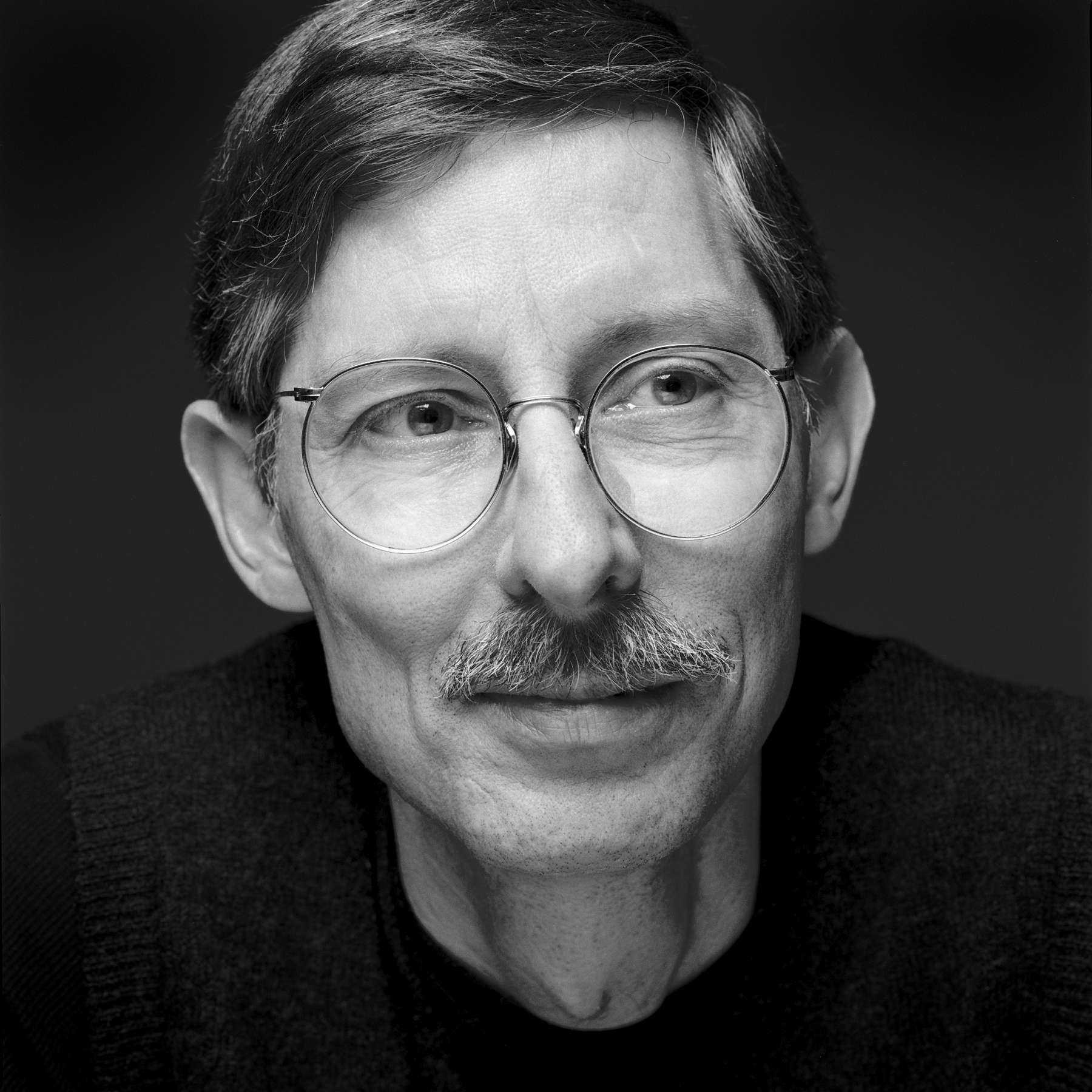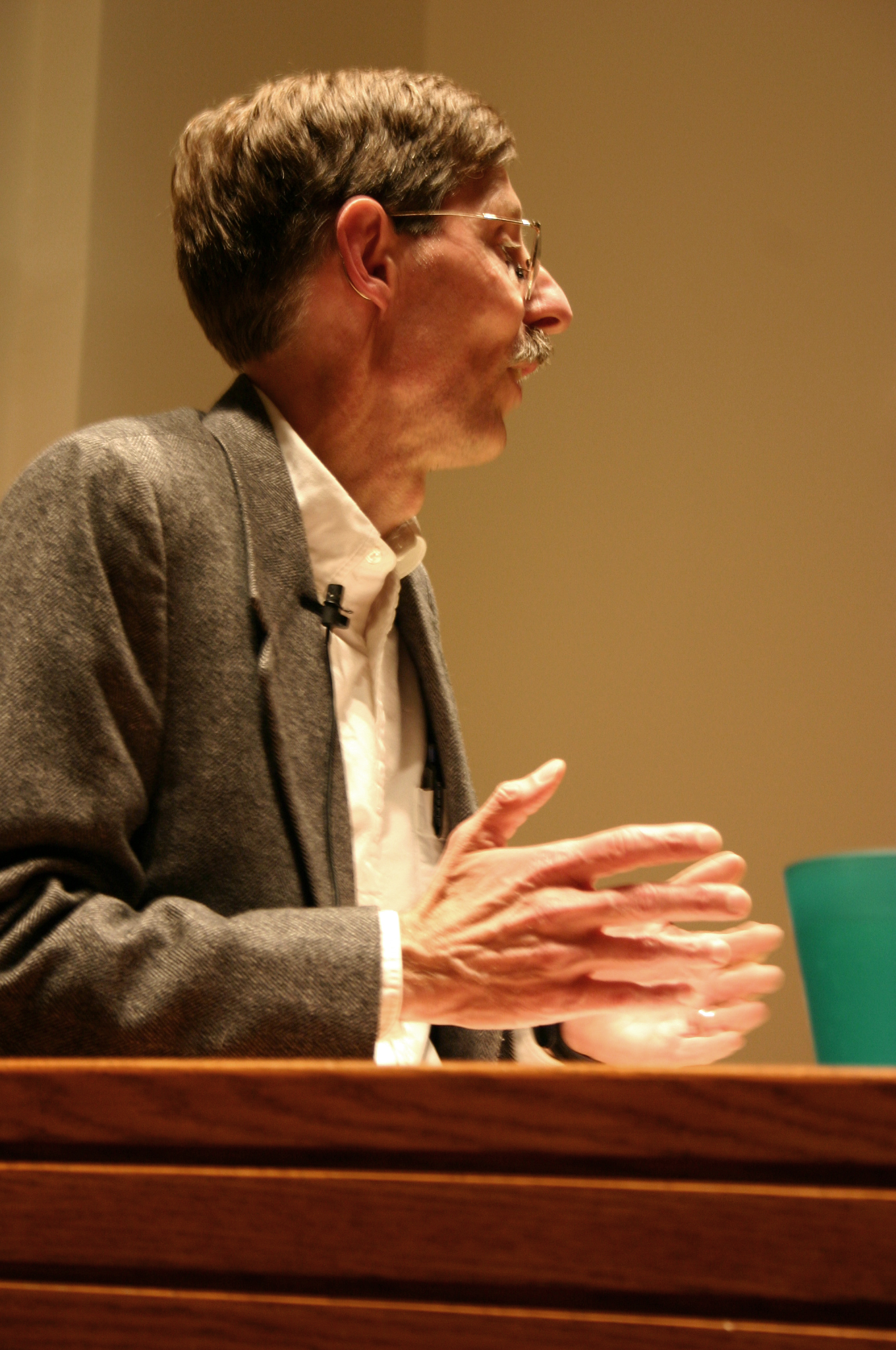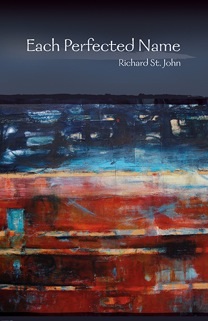Recycling Changes in Pittsburgh
By Ian G. Rawson
Rick St. John settled his lanky frame into a wicker chair on
By Ian G. Rawson
 Rick St. John settled his lanky frame into a wicker chair on my Darlington Road porch, and we took off on a journey through his experiences as a community organization executive and how they link with his career as a widely-acclaimed poet.
Rick St. John settled his lanky frame into a wicker chair on my Darlington Road porch, and we took off on a journey through his experiences as a community organization executive and how they link with his career as a widely-acclaimed poet.
Rick and his wife Kate live in Greenfield, but they feel themselves to be intimate neighbors of Squirrel Hill in light of their many connections to the community. He recently served as the Executive Director of the Squirrel Hill Urban Coalition, following leadership stints with community organizations in Oakland, the North Side, and city-wide at the Community Design Center. He says that he has found Squirrel Hill to be an important “billboard for urban living” because of its cultural diversity, wide range of small-scale shopping, and dining experiences, as well a spirit of collaboration.

In his work with the SHUC, Rick has enjoyed joining Ray Baum, Rich Feder, Ceci Sommers, Mardi Isler and other members of the Coalition’s board in working on projects such as planning for the Forward/Murray area. With his typical humility, Rick referred to his contributions at the Coalition as merely improving communications among the board, its committees, and other leaders, a process which he characterizes as helping to bring glue to the fabric. The fact that the organization is currently stable and has clear goals would indicate that Rick has provided more than just glue to the process.
Rick’s current project is Conversations That Matter, which operates from Community House on the North Side, where a former Swedenborgian church has been redesigned as a space for a progressive church congregation and community learning center. His vision is for the establishment of safe space places for individuals and groups to engage in reflection, connection, and shared meaning-making. He sees the goals of these dialogues to be multiplication, connection, and depth, allowing participants to learn with each other as they explore their own deep concerns, often allowing them to “move away from the binary,” or overly narrow definitions of life possibilities.
Rick is as well known as a poet as he is for community activity. I asked him how his poetry and community work meshed. He suggested that poetry is truth telling about lived experience and that in his experiences with community groups, this parallels a search for the essence of community connection, part of the process of exploring what it means to be human. As a group leader, he often starts gatherings with a poem, chosen to bring a focus to the discussion.

Since poets love metaphors, I asked Rick what metaphor might be appropriate for a healthy community. He paused for a moment, and drew out a vision of a garden with a diversity of plants, organisms, bugs, and other elements, each of which are interdependent. Gardens, he notes, need to be nurtured, planted, fertilized, and weeded in order to ensure the growth of all of the plants.
Rick has helped to create many such gardens in our communities, with love, concern and creativity.